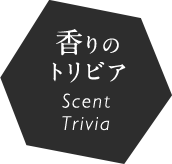







たとえばバラの香りを感じるとき、周囲にはバラから放たれた匂いの分子が存在しています。 空気中には、このような香りのもととなる揮発性の「匂い物質」と呼ばれる分子が無数に漂っていて、分子の組み合わせによってさまざまな匂いになります。現在わかっているだけでも、その種類は数十万にも上り、そのうち人間が感知することができるのは、3000~1万種類といわれています。
When you smell the scent of roses, for instance, you’re sensing the odorous molecules expelled into the air by roses in the vicinity. An infinite number of molecules known as volatile “odorants” that are the source of scents are floating in the air and produce a smell based on its molecular structure. As far as we know, there are tens of thousands of types of smells, and humans can sense from between 3,000 to 10,000 types.



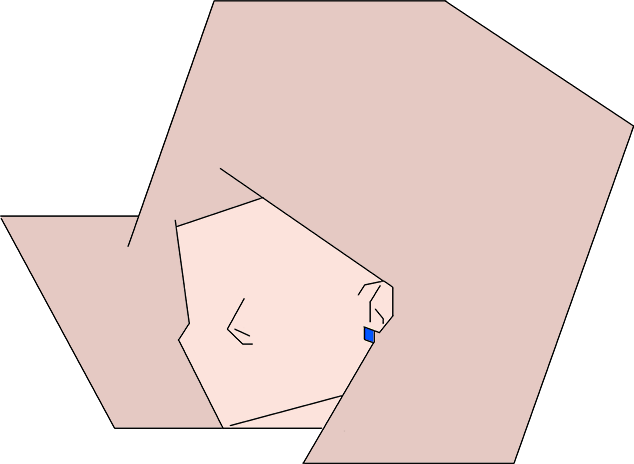










空気中に漂っている匂い物質は、鼻から空気と一緒に吸い込まれます。鼻の入り口はご存じの通り小さな穴ですが、鼻腔と呼ばれる内部は広くなっていて、上の奥のほうに嗅粘膜という匂い物質をキャッチする器官があります。
Odorants floating in the air get pulled into our noses along with the air. As you know, our nostrils are narrow but the inner nasal cavity is broad, and located in its upper dorsal region is a gland called the olfactory mucosa which catches these odorants.

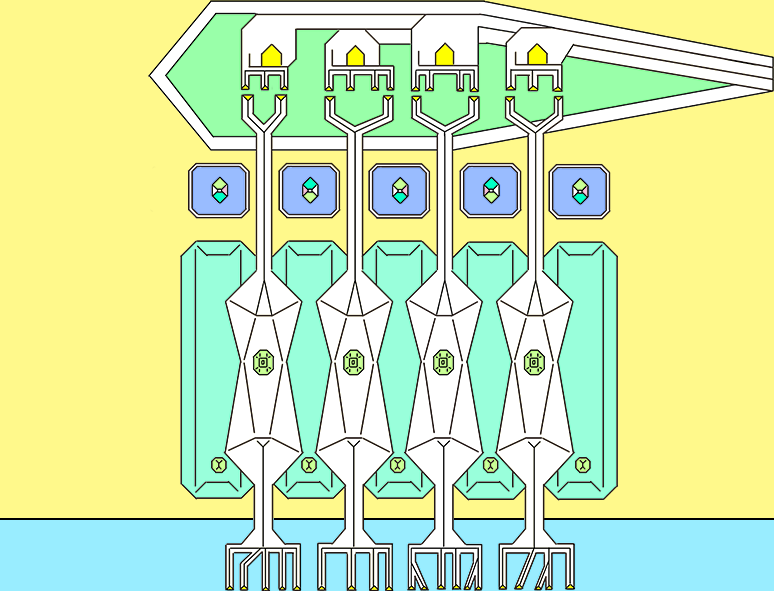





嗅粘膜の部分では、嗅細胞の先端に生えている嗅毛がイソギンチャクのように触手を広げています。嗅毛には嗅覚受容体があり、嗅粘膜に溶け込んだ匂い物質をキャッチします。匂い物質と嗅覚受容体は、鍵と鍵穴のような関係で、嗅覚受容体(鍵穴)に匂い物質(鍵)がカチッとはまると、電気信号が発生して脳へ伝達されます。
Extending from the tip of the olfactory cell in the olfactory mucosa region are cilia that spread out their tentacles like sea anemones. The surface of these cilia is covered with olfactory receptors that catch the odorants that are absorbed by the olfactory mucosa. The odorant and olfactory receptor are like a key and a keyhole; when the olfactory receptor (key hole) clicks with the odorant (key), an electric signal is generated and transmitted to the brain.
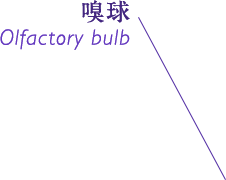


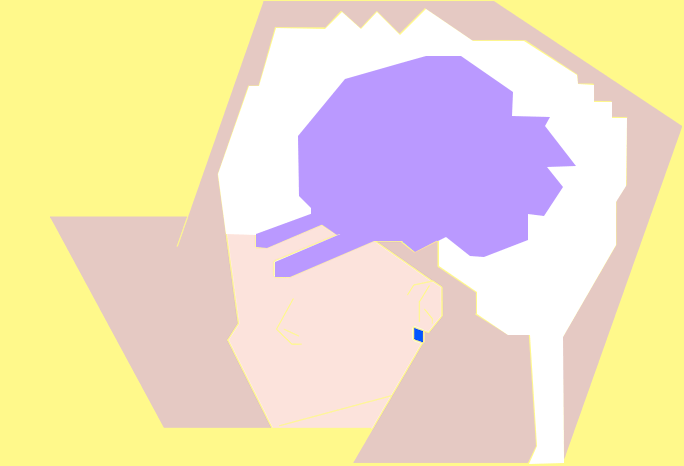


発生した信号は、嗅神経を通って脳の最底面に位置する嗅球へと伝わります。そこからさらに、記憶を司る海馬や扁桃体などがある大脳辺縁系を経て、大脳皮質嗅覚野に到達することで、はじめて匂いとして認識されます。長い道のりのように思えますが、鼻から脳へ達する時間はほんの一瞬。また視覚や聴覚のようなほかの感覚と違って、嗅覚はダイレクトに脳に働きかけることが大きな特徴といえます。
The generated signals travel along the olfactory nerve into the olfactory bulb located at the lowest regions of the brain. The signal continues to travel via the hippocampus, associated with memory formation, and the cerebral limbic system, which includes the tonsils, to reach the olfactory regions of the cerebral cortex where awareness of smell begins. Although it may appear to be a long way to travel, scents actually travels from nose to brain in an instant. Unlike visual, auditory and other senses, one major feature of sense of smell is that it is directly linked to the brain.
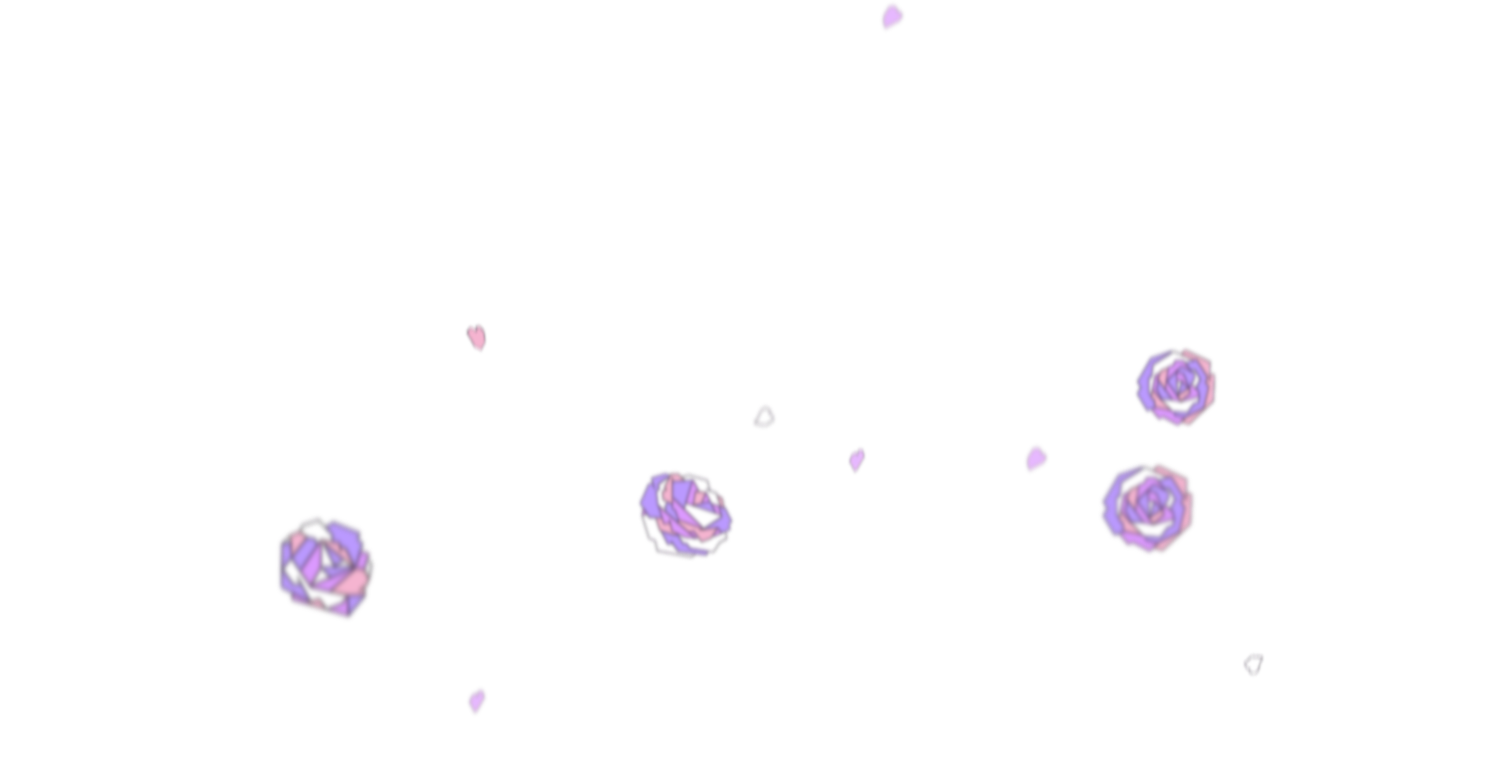
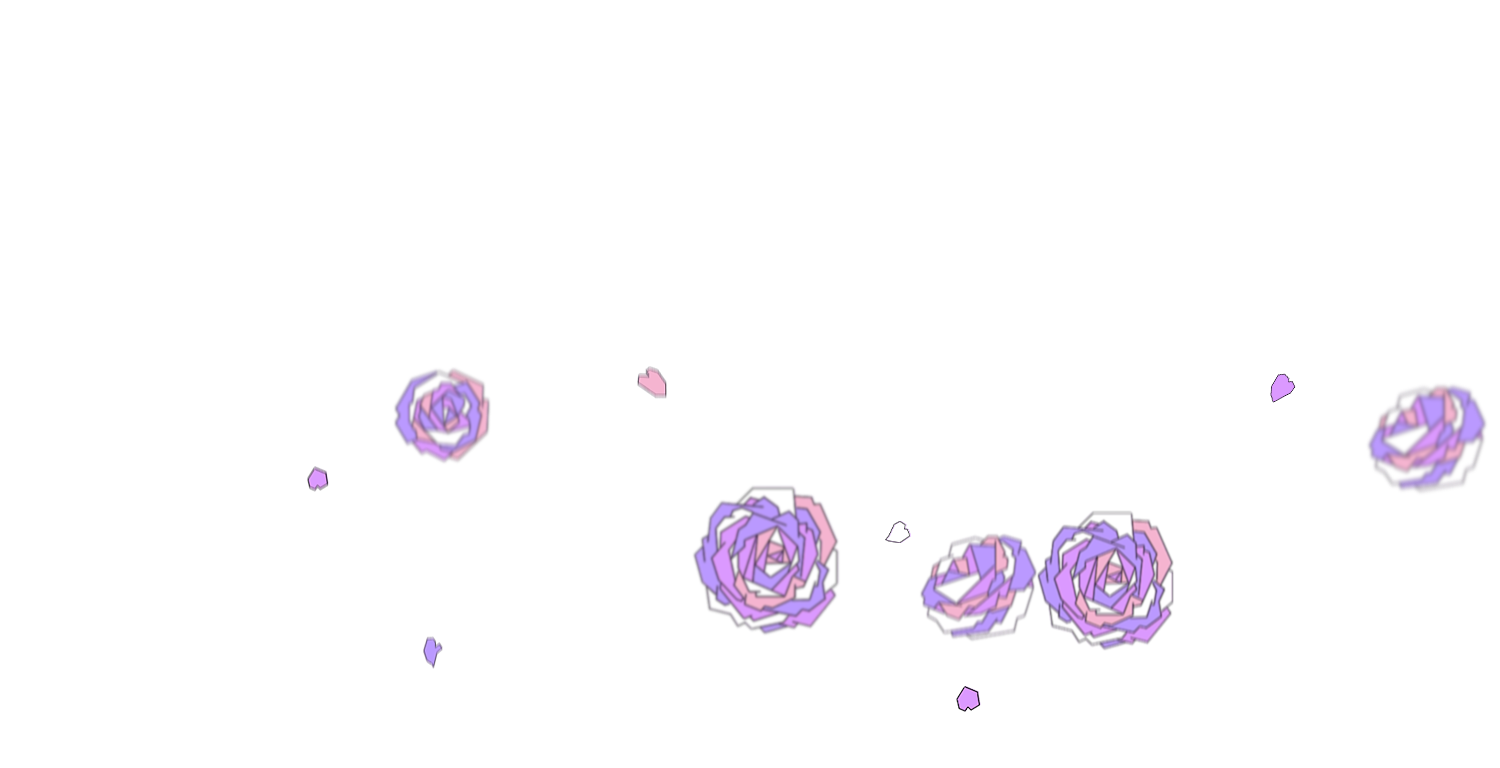



「プルースト効果」は、ある特定の匂いを嗅ぐと記憶がフラッシュバックする現象です。なぜこのような現象が起きるのかというと、匂いの情報の通り道に、記憶を司る海馬があることが関係しているようです。海馬は記憶や感情をコントロールする大脳辺縁系にあって、嗅覚は五感のなかで唯一そこと直接つながっているため、情緒的な思い出に匂いが作用しやすくなっているのです。
The Proust Effect is a phenomenon in which specific smells produce flashbacks. It appears that the impact of smell on our memory could be related to the path that odorants takes through the hippocampus which is associated with memory formation. The hippocampus, which controls memories and emotions, is located in the cerebral limbic system, and since sense of smell is the only one of the five senses that is directly linked to this area, smell is used to process emotional memories.



